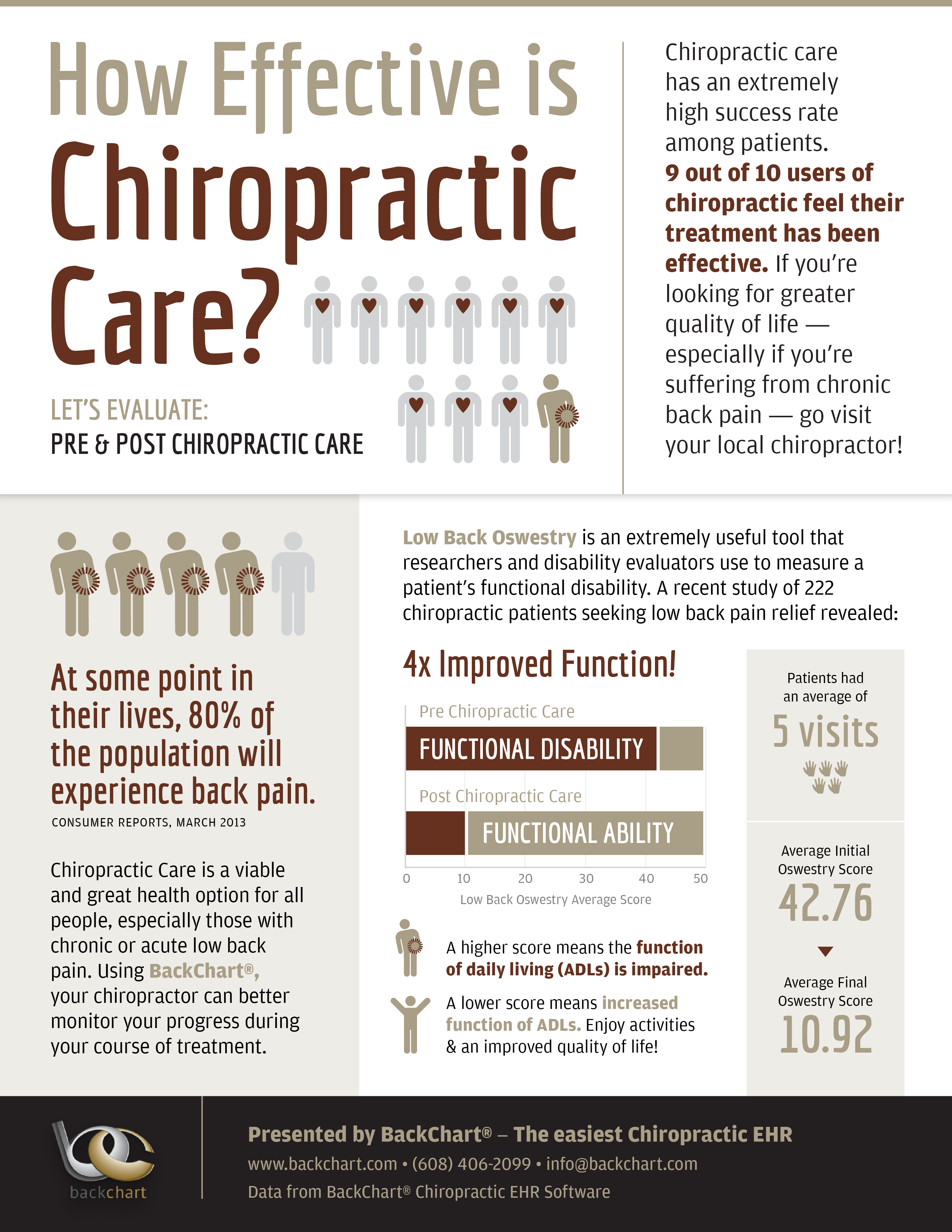Brace On Your Own To Find Out How Cold Laser Treatment Can Dramatically Boost Your Discomfort Relief Process. What Vital Truths Do You Need To Understand?
Brace On Your Own To Find Out How Cold Laser Treatment Can Dramatically Boost Your Discomfort Relief Process. What Vital Truths Do You Need To Understand?
Blog Article
Short Article By-
If you're dealing with chronic pain or inflammation, you might have become aware of cold laser therapy. This non-invasive treatment makes use of specific wavelengths of light to advertise healing and eliminate discomfort. https://www.healthline.com/health/natural-opioids , comfy, and can assist you get back to your everyday regimen. However how does infrared body wrap before and after pictures work, and what should you think about prior to trying it? Let' restoration men's health hauppauge out the ins and outs of this ingenious therapy.
What Is Cold Laser Treatment?
Cold laser therapy, also referred to as low-level laser therapy (LLLT), is a non-invasive treatment that utilizes details wavelengths of light to promote healing and reduce discomfort.
You might discover it handy for a variety of conditions, consisting of persistent pain, inflammation, and injuries. This therapy works by boosting cellular function, which can enhance cells fixing and reduce discomfort.
Lots of people appreciate that it doesn't require any type of downtime, enabling you to resume your day-to-day tasks right after a session. Some individuals report feeling a warm sensation throughout treatment, while others observe a prompt reduction hurting.
If you're trying to find a drug-free option for discomfort monitoring, cold laser treatment could be worth thinking about for your wellness trip.
Just How Does Cold Laser Treatment Work?
When you undergo cold laser therapy, details wavelengths of light penetrate the skin to reach targeted cells. This non-invasive therapy uses low-level lasers or light-emitting diodes (LEDs) to boost cellular processes. free smoking cessation programs near me gets taken in by your cells, advertising boosted flow and decreasing swelling. Therefore, your body can increase recovery and alleviate discomfort.
The therapy causes a biochemical procedure called photobiomodulation, boosting cellular metabolic rate. This procedure boosts ATP production, your body's power currency, helping cells repair and regrow more efficiently.
You could observe a reduction hurting and rigidity as the therapy motivates tissue regeneration. Generally, cold laser therapy intends to give a risk-free, reliable choice for taking care of different discomfort problems without the requirement for intrusive treatments or medications.
Benefits and Considerations of Cold Laser Therapy
Treatments that advertise recovery and discomfort alleviation usually include a range of advantages, and cold laser treatment is no exception. This non-invasive therapy can reduce inflammation, accelerate tissue repair service, and relieve discomfort without the demand for drugs or surgery.
You might discover it specifically appealing because it generally features very little negative effects. Many people report quick sessions and a comfy experience, making it simple to include right into your regimen.
Nonetheless, it's necessary to think about that results can differ from one person to another. Not everybody will certainly experience the very same level of discomfort relief or recovery.
Constantly speak with a healthcare professional before starting any brand-new therapy to guarantee it's the best option for your particular needs and problems.
Conclusion
In conclusion, cold laser therapy offers a non-invasive alternative for discomfort alleviation and recovery. By stimulating your body's natural processes, it can aid ease persistent pain and swelling without the demand for medications or surgical procedure. While many people experience positive outcomes, it's important to seek advice from a healthcare expert to see if it's right for you. If you're seeking a comfortable and quick therapy, cold laser therapy could just be the solution you require.
